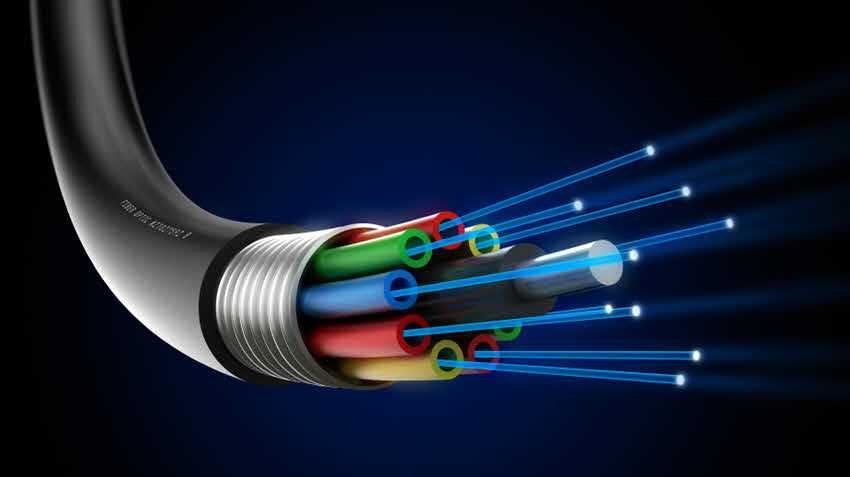H Nokia Bell Labs, η Deutsche Telekom T-Labs και το Τεχνικό Πανεπιστήμιο του Μονάχου (Technical University of Munich) θα επιδείξουν μια technique called Probabilistic Constellation Shaping, or PCS. The new technology was developed to give us blistering speeds of 1Tbps over fiber optic connections.
The projrct provides greater push dynamics that can make terabit networks a reality very soon, as well as another discovery was demonstrated earlier this year by University College London researchers, who achieved speeds of up to 1.25Tbps.
To understand the size, you will be able to play the entire series of Games of Thrones in one second.
Terabit networks seem to come, and come to meet the growing demand that does not seem to be satisfied by the current 40Gbps speeds with 100Gbps.
For comparison purposes, the service Google Fiber in the US offers connections at 1Gbps.
"Probabilistic Constellation Shaping (PCS) uses quadrature amplitude modulation (QAM) formats to achieve higher transmission capacity over a given channel to significantly improve the spectral performance of optical communications," says Nokia.
At this time we do not know when we will see or if we will see this technology in real networks, although the demonstration is described as having been achieved in "real conditions".
According to Nokia Bell Labs, it is now part of the development of networks in preparation for 5G, which is expected to be commercially developed by 2020.
The new technology will be presented at European Conference on Optical Communication (ECOC) 2016 in Dusseldorf, September 19.





